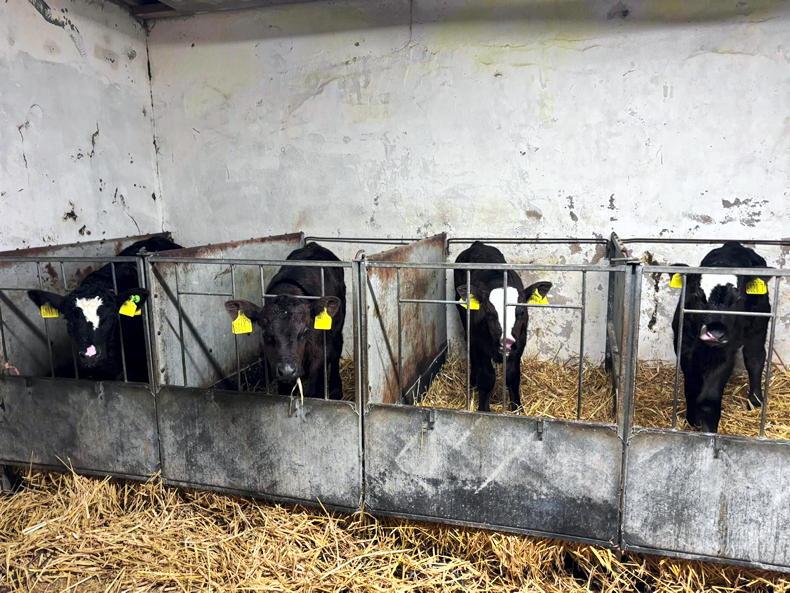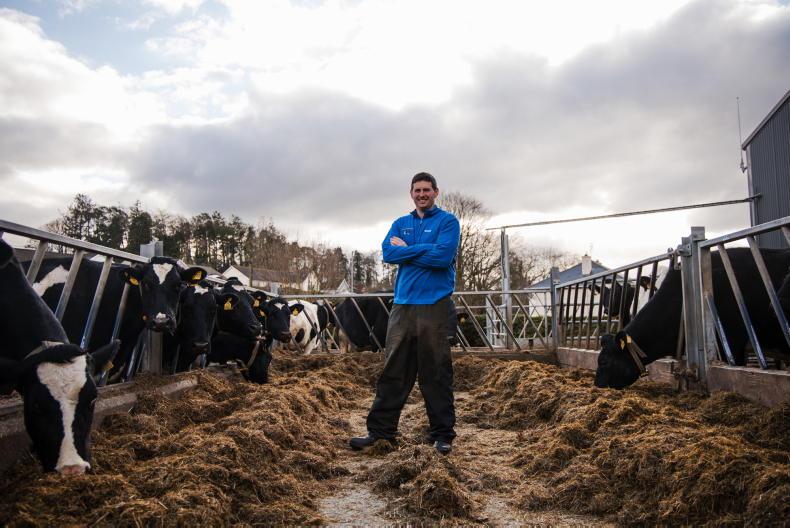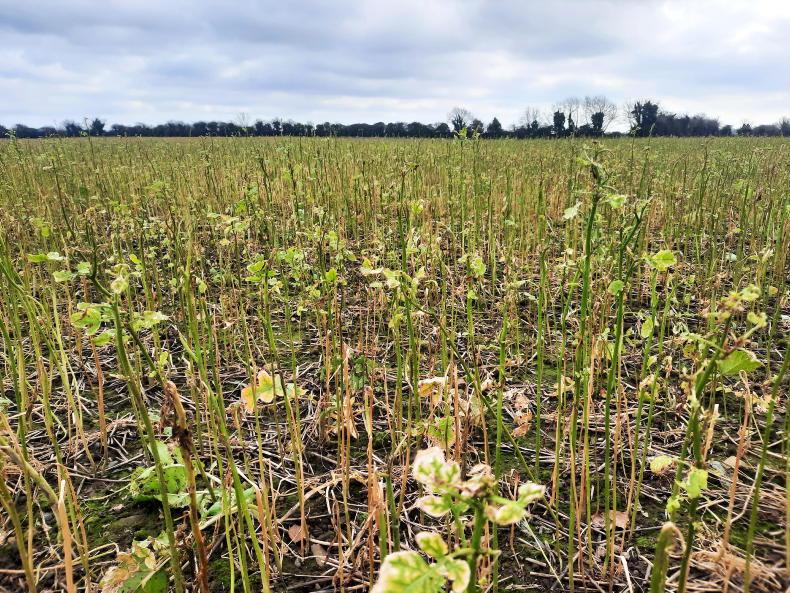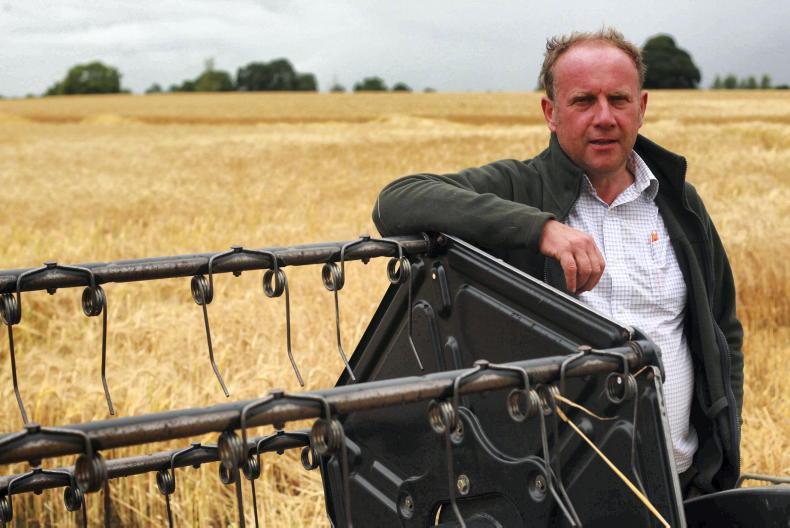One thing I like about being a time-poor, part-time farmer is the natural ability to prioritise. You separate the have-to-do jobs from the nice-to-do jobs very quickly. The off-farm job and the family are always waiting in the wings, so the mind focuses automatically on what needs to be done now, and what can wait until the weekend.
One of the jobs that swaps category for me at different times of the year is measuring grass.
When it is flying along in the summer, it is a nice-to-do job. I know I should do it every week, but I can’t seem to find a free half hour. However, when the growth rate slows in the shoulders of the year, it becomes a have-to-do job and I root around for my username and password to log into the PastureBase app on the phone.
It goes without saying that the weather is everything and heavy rain, snow or frost will throw the best plans out the window.
But if the days are dry and any way mild, I usually head out to the fields in late February and try to figure out if there’s enough green stuff to keep the weanlings going until the growth rate increases and they can come back into the first paddock again.
I am cautious and only let them out if I am reasonably sure there’s nearly five or six weeks ahead of them. That takes us to mid-April. There’s no guarantee that growth will be good then, but you have a fighting chance.
Official advice might say to be brave and throw them out regardless, but I need to do whatever helps me sleep better at night and so I will remain conservative.
More experienced farmers might not need to do anything so formal like using a fancy phone app to measure grass. Their eyes are more in tune to the amount of grass in the field and they instinctively know whether there’s enough there to leave the cattle out. I might get to that stage one day but, for now, I’ll keep walking and grabbing fistfuls.
As a rule of thumb, I put my hand upright on the ground and if the grass comes above my closed fist, then that’s 500kg DM/ha.
Put another closed fist on top of that and if grass peeps out over the second fist, I call that 1,000kg DM/ha.
Measuring grass is also a have-to-do job at this time of year
There are more technical methods but this is accurate enough for my basic needs.
Measuring grass is also a have-to-do job at this time of year, as autumn takes hold, growth slows to a halt and I’m trying to figure out how long before the cattle will need to be housed.
I’m hoping to graze things a bit tighter this year as low covers over winter apparently help clover establish in the sward.
The downside here is less grass is available in spring to get them back out early. But you can’t have it every way. And the weather will dictate the reality on the ground in any case, no matter what theory I have in my head.
At the moment, PastureBase is telling me I have plenty grass “days ahead” for the stores and the weanlings. Getting to graze it will be the issue if the broken, showery rain continues. The one upside to such weather is that temperatures usually remain mild, and that’s exactly what’s needed for the fodder rape we set the first week of September.
It was late to be setting it, but this cover crop is part of a two-year plan to transform a field heavy with nettles and docks into a more self-sufficient sward of ryegrass and clover.
More on this latest brainwave in the next dispatch.










SHARING OPTIONS